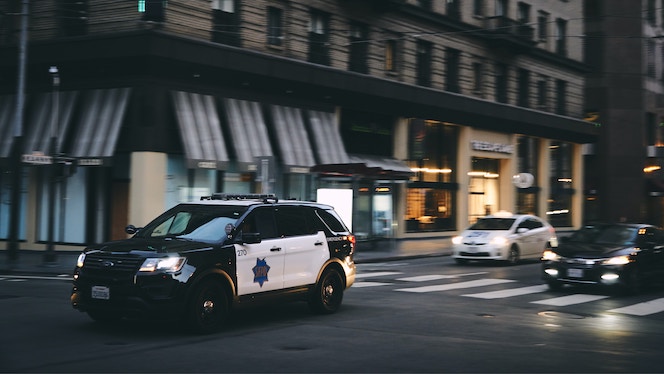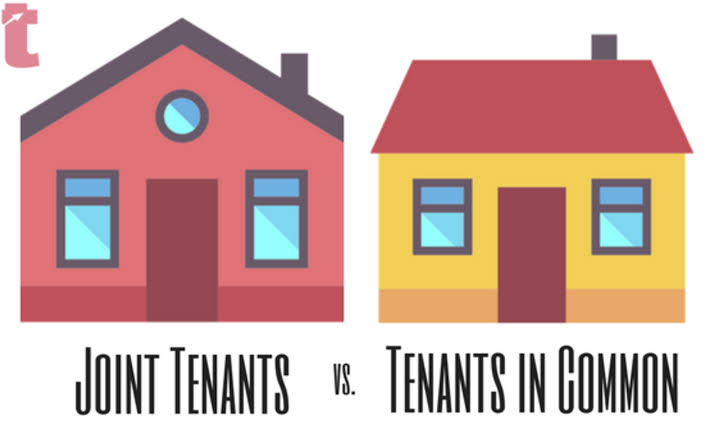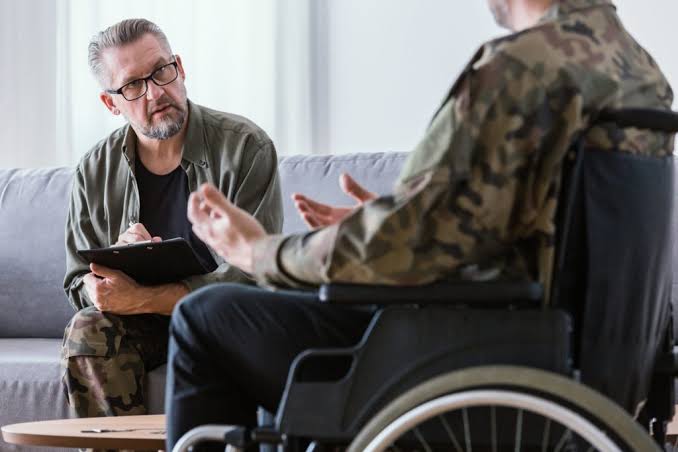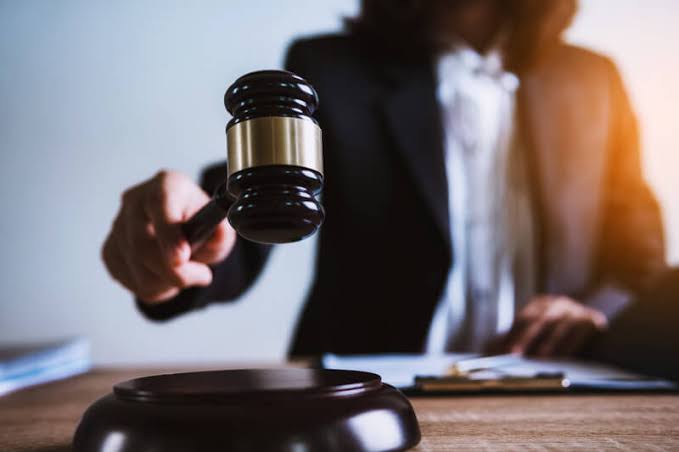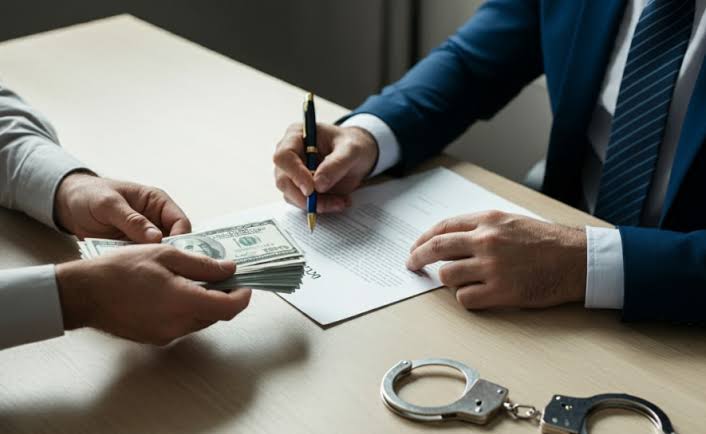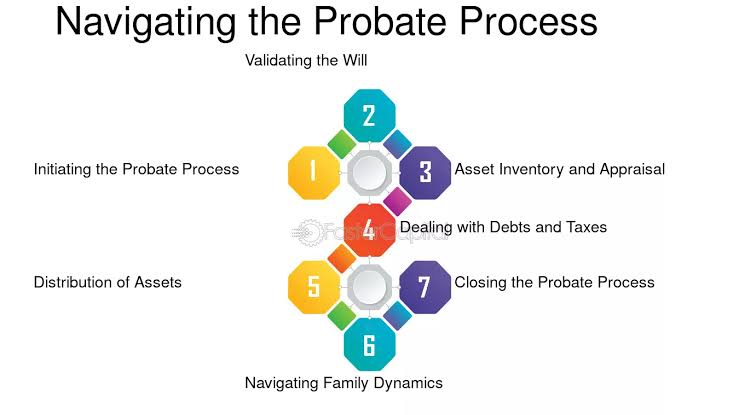Speed and Safety: What Makes Police Cars Unique
Police vehicles are not just standard cars adorned with markings and sirens. These purpose-built machines are tailored to meet the demands of law enforcement agencies, balancing speed, safety, and efficiency. To understand what makes police cars unique, it’s crucial to explore the specialized features, design modifications, and advanced technologies that set them apart.
Built for High-Speed Pursuits
One of the most recognizable characteristics of police vehicles is their ability to reach incredible speeds and maintain stability during high-pressure maneuvers. Standard engines won’t do the job in emergencies, so many police cars have high-performance engines designed for rapid acceleration. This power level ensures officers can keep up with suspects or respond quickly to critical situations.
Additionally, police cars undergo reinforcement to enhance their handling at high speeds. Modified suspension systems, advanced braking mechanisms, and specialized tires give officers more control during pursuits or when navigating challenging terrains. Unlike civilian vehicles, these modifications help police vehicles maintain stability even in sharp turns or unfavorable weather conditions.
Rugged Durability for Extended Use
Police cars endure nonstop use, often operating 24/7 to serve the community. Because of this, they feature durable builds that can withstand the constant wear and tear of long hours on patrol. Their engines and transmissions are made to last, and their interiors are designed with durable materials that are easy to clean and maintain.
Heavy-duty components also make police vehicles resilient in high-impact scenarios. Reinforced frames and bumpers provide added protection during collisions or vehicle intercept maneuvers, ensuring the safety of both officers and pedestrians.
Advanced Safety and Communication Features
Safety is paramount for law enforcement, so these vehicles are equipped with cutting-edge safety features. One essential component is using specialized armor to protect officers during high-risk situations. Bullet-resistant panels and glass are common in many police vehicles, adding an extra layer of defense.
On top of physical safety, communication is crucial in an officer’s daily duties. Police cars come outfitted with advanced communication systems, including radios and data terminals, allowing constant contact with dispatchers or other units. These tools ensure officers can relay information and coordinate emergency responses without delays.
Interior Equipment for Multi-Tasking
Police cars act as mobile offices, outfitted to handle various duties beyond driving. Inside, they are equipped with computers, dash cameras, and other high-tech tools for report filing, video recording, and real-time crime tracking. These systems ensure officers can process information efficiently while on the go, maximizing their productivity.
Passenger areas may also include partitions to safely transport detainees. These partitions are built to prevent interference with the vehicle’s operation, ensuring the safety of the officer and the person in custody.
Visibility and Warning Systems
Among the most distinctive aspects of police vehicles are their powerful visibility and warning systems. Police light bars, for instance, play an essential role in ensuring these cars stand out in traffic or during emergencies. These lights are designed for maximum visibility, using alternating patterns and bright colors to quickly alert other drivers and pedestrians.
Additionally, sirens paired with the light systems are engineered to produce different tones, cutting through various types of ambient noise. Together, the light bars and sirens allow police cars to signal their presence effectively, whether responding to a call or managing a crowded area.
Customization for Specific Needs
Not all police cars are created equal; some are customized to meet the specific needs of their departments. For example, K-9 units require modifications like climate-controlled compartments for canine officers, while highway patrol vehicles may prioritize aerodynamics and fuel efficiency for long-distance operations.
Some units also use unmarked vehicles to operate discreetly, blending in with ordinary traffic for undercover purposes. These specialized modifications make each vehicle versatile and suited for its unique role.
Balancing Speed and Safety
The unique attributes of police cars ultimately boil down to one overarching goal: balancing speed and safety. Law enforcement officers need vehicles that can perform in both high-stakes situations and routine patrols while keeping themselves and the public protected. This dual functionality is achieved through advanced engineering, thoughtful design, and a focus on durability.
From high-performance engines to reinforced safety measures, police cars reflect the demanding nature of law enforcement work. Each feature is carefully selected to ensure these vehicles remain reliable, efficient, and prepared to handle anything that comes their way.
Conclusion
Police cars are far more than fast, flashy vehicles. They are highly specialized tools adapted to meet the diverse challenges of law enforcement work. These vehicles demonstrate how speed and safety coexist perfectly, enabling officers to carry out their duties confidently. Whether through high-speed pursuits or daily patrols, the unique design of police cars is essential to their success.

